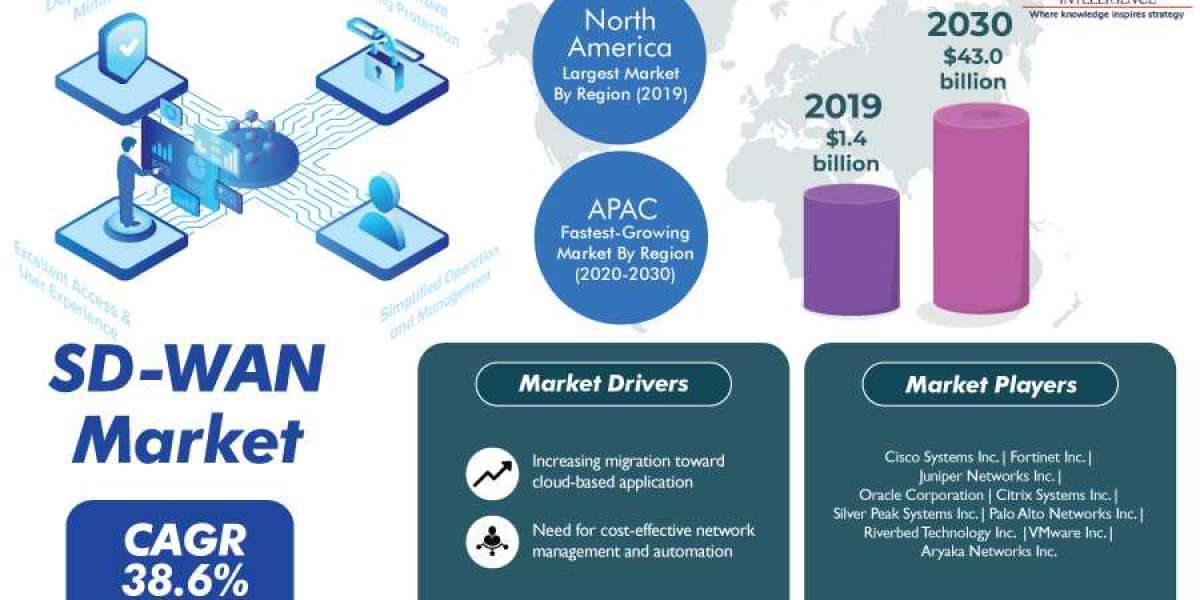The rising need for reduced IT expenditure is set to propel the software-defined WAN (SD-WAN) market.
Every modern office today has a local area network (LAN), which connects all the computers in the office space together, thus making data sharing possible. When more than two LANs are connected, as is often the case with companies that have more than one office, the setup is known as a wide area network (WAN). Though WANs are essential for multi-location organizations, the increasing internet traffic has made their traditional architecture expensive to maintain.
This is because any kind of traffic has to be first identified, inspected, and secured (known as backhauling), which, in traditional WANs, is done via multiprotocol label switching (MPLS). In such a setup, numerous routers and endpoints need to be interconnected, which makes the overall IT setup expensive and complicated. Thus, the rising need for reduced IT expenditure is set to propel the software-defined WAN (SD-WAN) market value from $1.4 billion in 2019 to
$43.0 billion by 2030, at a robust 38.6% CAGR between 2020 and 2030, says PS Intelligence.
This is because an SD-WAN connects all the endpoints and routers across a WAN at one central point and automatically identifies, measures, and inspects the traffic and distributes it over a company’s server. Moreover, this architecture reduces the backhauling delay and latency associated with traditional WAN. In addition, the software-defined architecture can be deployed over conventional broadband and 4G LTE connections, which are cheaper to obtain and operate than MPLSs.
Further, with the emergence of cloud-based SD-WAN, the cost of such solutions has come down even more. And, with cloud-based software-defined networking (SDN), the software-as-a-service (SaaS) and infrastructure-as-a-service (IaaS) platforms also receive support. Thus, with organizations around the world rapidly shifting to the cloud for reduced IT costs, scalability, and 24/7 access, cloud-based SD-WAN is set to gain widespread popularity in the coming years.
